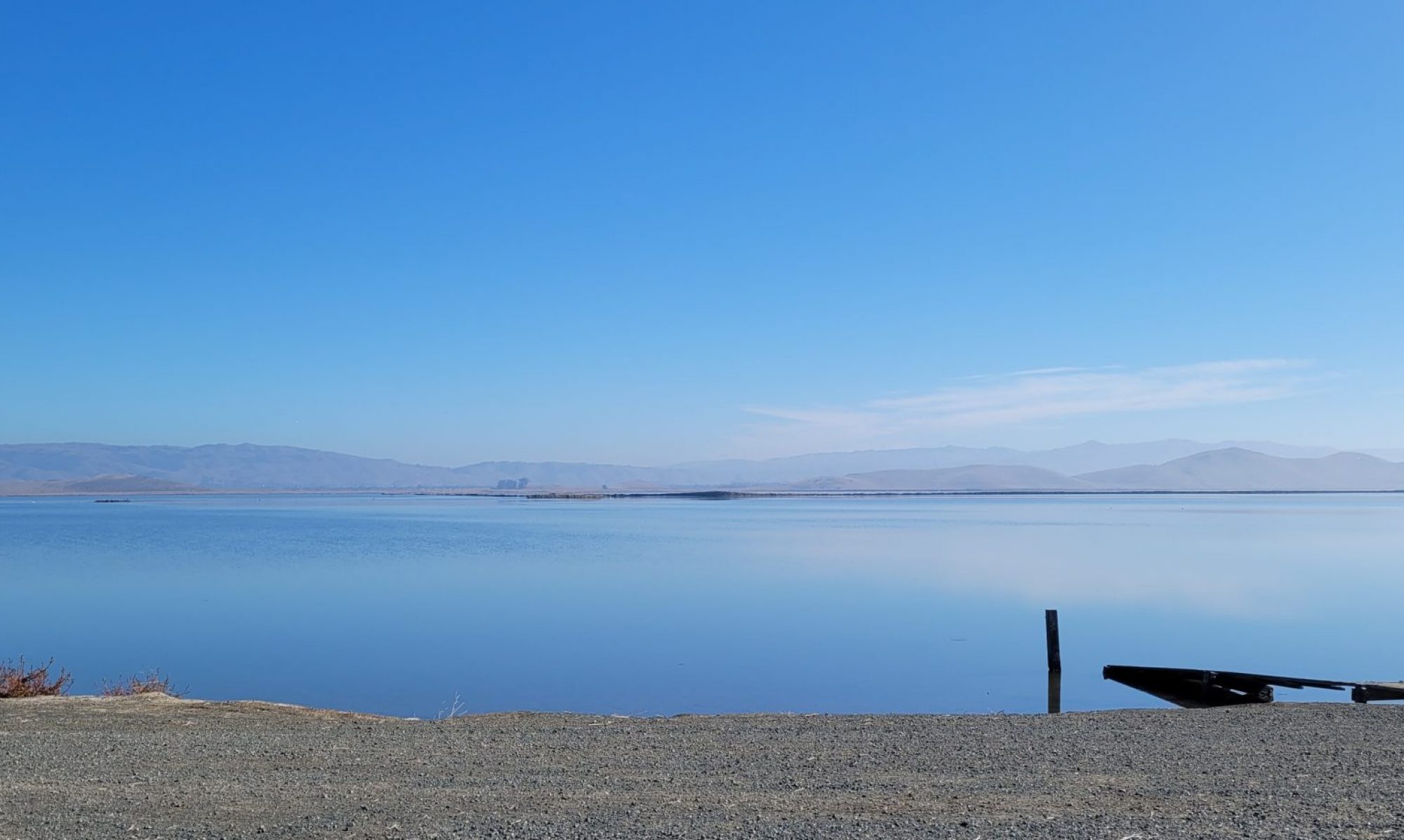
BOOM! or maybe it was boom…boom…fshhhh..whap booma-booma…boom..bubble boom glub glub Boom…
Which was it? Luis Alvarez had one story, and he was laughed out of the paleontologist’s room. Until he wasn’t. Gerta Keller, who disagreed with him, has been laughed out of the same rooms. She’s won prizes for her research. Can they both be right?
There are multiple stories here. First, there is a story of a scientist who had a crazy idea and some data, which took decades for scientists to confirm. Then, there’s a second story, of a scientist still fighting for her own version, one which would upend those decades. Plus, there’s the underlying story, of what killed off all the dinosaurs. Between story one and story two, there’s still uncertainty about story three.
It’s been called “The Nastiest Feud in Science.” It’s still ongoing, even though now they do know where the asteroid hit. The crater is in the Yucatan.
Continue reading “Y is for Yucatan”


